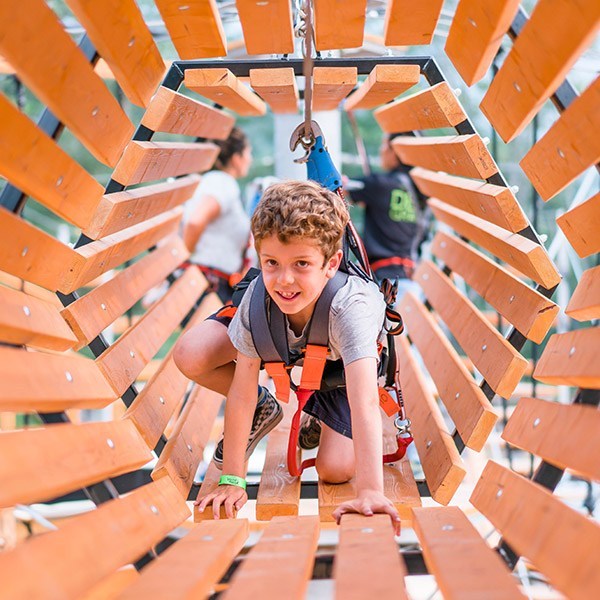Driving along the winding backroads of Squamish Valley gives you a sense of what it might be like to live in some remote Northern town. Glacier-capped peaks poke out between the forested cliffs; waterfalls ooze out of the seismic barriers, feeding the lifeline of the Squamish River as it hurdles its way down to the inlet of Howe Sound.
While Squamish’s self-proclaimed “Outdoor Recreation Capital of Canada” title usually conjures up images of linen-clad climbers; lean mountain bikers; or wind-swept kite boarders; there is a strong undercurrent of less adrenaline-oriented outdoor pursuits. Fly-fishing in Squamish is world-renowned and worth experiencing whether you’re a local, fish enthusiast, or closet-outdoorsman/woman.
Our guide, Logan Wilkins, has been angling for over 15 years in the area. We meet him at our favorite breakfast stop at Fergie’s before heading into Squamish Valley. His down-to-earth demeanor and transient early adulthood make him an enthralling storyteller as he shares some of his favorite client moments up on Haida Gwaii (formerly Queen Charlotte Islands). We wind our way further up into the heart of the valley and along a dirt road until we come to his preferred stretch of river.
Unpacking the gear and slipping into our neoprene dry-suit waders, we waddle out across a dry riverbed on an unseasonably warm spring morning.
Logan and his wife Courtney explain that the trophy prize of these waters is Steelhead Trout; the “Pinks” (pink salmon) are due in June/July and are what pack this river with anglers and belly boats in the hundreds. “Anyone can come cast along these rivers with the appropriate angling license and gear. Not everyone fishes, however,” Logan explains.
The fishing part takes extra, intimate knowledge with a landscape. Logan begins to read the scene for us, as one might a teleprompter, dictating the best places to cast and what types of fish we might find (and therefore which fly to select). As we wade chest-high out across a river, he comments on the Hooded Merganser on the opposite shore. “They feed on fry… this is a good sign,” he assures. Crossing along the rocky shore, he stoops over to pick up a few baby-sized rocks from a feeder channel. “If you pick up these and flip them over, you can see all sorts of little insects that trout just love to eat,” he explains as we fumble for rocks in the gushing water. We come to our casting place below a looming granite wall, and are about to settle in when he says, “Look around up on the cliff side there, you might be able to… Wait! See there? Two white figures there,” he says squinting up the enormous rock wall. “Those are mountain goats.” Almost unbelievably, as they’re perched precariously on the precipice, the creatures start moving around.
Logan spends the afternoon constructively critiquing our casting, shuffling us down the river, and detangling our lines after catching some rocks. He had selected for us 6-weight rods for the day – enough weight to cast easily and light enough for the Bullhead Trout that we’d expect to find.
Any fly-fisherman would acknowledge that half the game is the catch; the other half is the relaxation and appreciation for the land that are the real prized take-homes. What I caught that day was a renewed passion for my home. Sometimes we take for granted what we have, and it takes being guided by another to appreciate the beauty from a different angle.
Check out some of the great shots by Dom Gauthier – And contact us today if you would like to book a fly fishing guide and cast your routine aside :
[metaslider id=7369]









Leave a Reply
Want to join the discussion?Feel free to contribute!